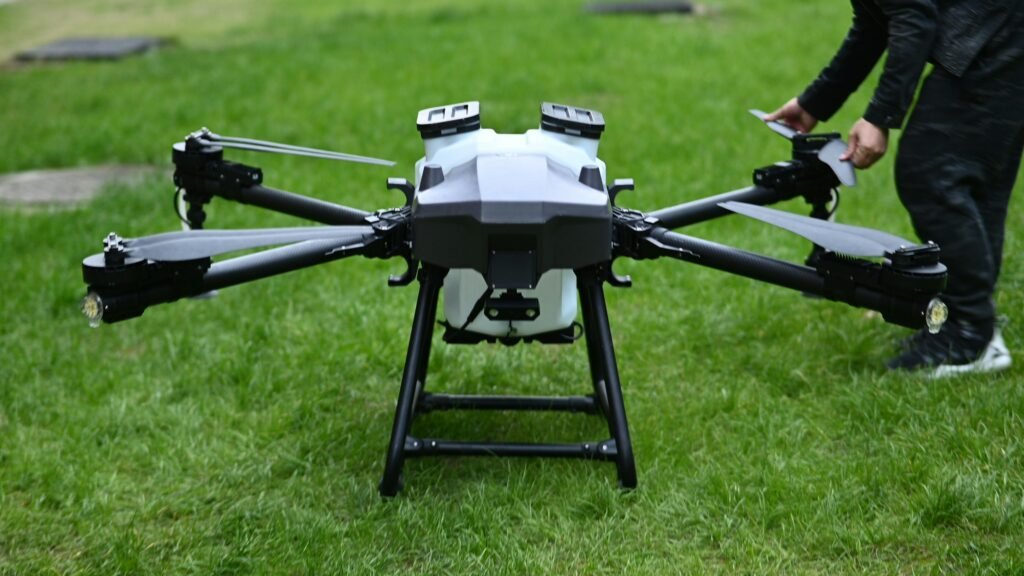
Introduction to Agricultural Drones
Agricultural drones represent a significant advancement in modern farming practices. These unmanned aerial vehicles (UAVs) are equipped with various sensors and cameras that enable farmers to monitor their crops and optimize their agricultural practices efficiently. By leveraging drone technology, farmers can gather critical data on crop health, soil conditions, and other variables that impact productivity. This shift towards precision agriculture allows for more informed decision-making and resource optimization in farming.
The operation of agricultural drones is grounded in sophisticated technology. They typically utilize multi-spectral imaging, which provides insights into plant health that are not visible to the naked eye. These images can highlight variations in crop vigor, moisture levels, and nutrient status, which are essential for effective crop management. Additionally, drones can be equipped with GPS systems that enhance their flight precision, allowing for accurate mapping and monitoring of agricultural fields.
In recent years, the demand for sustainable and efficient farming solutions has propelled the adoption of agricultural drones. Precision agriculture, a methodology that emphasizes the need for fine-tuned farming practices, is becoming increasingly vital as global population growth intensifies pressure on food production systems. With appropriate drone applications, farmers can minimize chemical usage, reduce water consumption, and enhance yield outcomes. Ultimately, the integration of agricultural drones into farming operations aligns with the broader principles of sustainability and responsible resource management.
The role of drones in agriculture extends beyond data collection; they are also invaluable tools for field mapping, crop spraying, and monitoring environmental conditions. As the industry continues to evolve, the potential for agricultural drones to transform farming practices is immense, paving the way for innoviations that promote efficiency and sustainability in food production.
Benefits of Using Drones in Agriculture
In recent years, the integration of agricultural drones into farming practices has transformed the landscape of modern agriculture. One of the primary advantages of utilizing drones is the significant increase in efficiency they offer. Traditional farming methods often involve manual labor, which can be time-consuming and labor-intensive. Drones, however, can cover vast expanses of land in a fraction of the time, allowing farmers to allocate their resources more effectively. This enhanced efficiency translates to more timely interventions, ultimately leading to improved crop yields.
Cost-effectiveness is another notable benefit of using drones in agriculture. By automating tasks such as crop monitoring and field mapping, farmers can reduce labor costs and limit the need for expensive equipment. Drones are also capable of providing precise data, which assists in making informed decisions regarding resource allocation. This means that farmers can optimize their operations, minimizing waste and maximizing returns.
Real-time monitoring is a pivotal advantage offered by agricultural drones. Equipped with advanced sensors and imaging technologies, these drones capture high-resolution images and data that allow farmers to monitor crop health continuously. This real-time data collection facilitates timely interventions in response to issues such as pest infestations or nutrient deficiencies, thereby promoting better farm management practices.
The data collection capabilities of agricultural drones extend beyond basic monitoring. They can create detailed maps and models of farmland, helping farmers analyze soil health, moisture levels, and crop density. Such insights empower farmers to implement precision agriculture practices, which enhance crop health management and reduce environmental impact. In light of these advantages, drones are increasingly becoming indispensable tools in the pursuit of sustainable and productive farming.
Key Features to Look for in an Agricultural Drone
When it comes to selecting an agricultural drone, several key features should be taken into account to ensure that it meets the specific needs of farming practices. One of the most critical aspects is the camera resolution. High-resolution cameras not only provide clearer images but also allow farmers to identify crop health issues effectively. For precision agriculture, a camera with at least 12 MP is recommended, as this can capture detailed imagery for analysis.
Another significant factor is flight time. Drones with longer flight durations can cover larger areas without needing to return for battery changes. Typically, a flight time of 20 to 30 minutes is ideal, enabling efficient data collection over extensive tracts of land. Coupled with flight time, the range of the drone is also essential. Farmers should look for drones that operate effectively over long distances, ideally beyond 1 mile, to facilitate comprehensive monitoring of vast farmland.
Payload capacity is another crucial feature that should not be overlooked. A drone must be capable of carrying the necessary equipment, such as advanced sensors or fertilizer spreaders, to maximize its productivity. Therefore, checking the specifications for load-bearing limits is vital, as this will determine the drone’s versatility in various applications.
GPS integration is also vital for agricultural drones. A robust GPS system enhances navigation accuracy, enabling automated flight paths and allowing for precise mapping of fields. Additionally, software compatibility is essential for users looking to analyze data collected by the drone. Integrations with agricultural management software can streamline processes, making data interpretation easier and more efficient.
Ultimately, assessing these key features will equip farmers with the right agricultural drone to meet their operational requirements, leading to enhanced productivity and informed decision-making in farming practices.
Top Agricultural Drones on the Market
The agricultural sector is increasingly turning to technology to enhance efficiency, productivity, and precision. Among these technological advancements, agricultural drones stand out as powerful tools for modern farming practices. Several models currently available offer unique features suited for different farming needs. In this section, we will explore some of the top agricultural drones on the market today, comparing specifications, use cases, and performance metrics.
One notable drone is the DJI Agras T30, a versatile option designed specifically for agricultural applications. With a maximum payload capacity of 30 kg, this drone is capable of spraying fertilizers and pesticides over large areas quickly. It features a flight time of up to 30 minutes and is equipped with a sophisticated GPS system to ensure accurate coverage. The intuitive remote control makes it user-friendly for farmers with varying levels of technical expertise.
Another strong contender is the Parrot Bluegrass Fields drone, which focuses on data collection and analysis. This drone is equipped with multispectral sensors that allow agricultural professionals to monitor crop health effectively. Its built-in software aids in generating detailed maps, providing insights for precision farming. The Bluegrass Fields model is lighter, offers a flight time of approximately 25 minutes, and falls within a more affordable price range, making it accessible for smaller farms.
For those seeking advanced imaging capabilities, the senseFly eBee X is a leading choice. Renowned for its high-resolution mapping abilities, this fixed-wing drone can cover vast areas in a single flight, making it suitable for large-scale agricultural operations. Additionally, it supports various payloads, from RGB cameras to thermal sensors, thus providing flexibility in monitoring diverse crops. Its flight endurance can reach up to 90 minutes, enabling extensive survey capabilities.
Ultimately, while selecting the right agricultural drone, factors such as intended use, budget, and required features must be carefully considered. The options mentioned above represent just a fraction of the innovative solutions available, catering to the diverse needs of modern farmers.
Case Studies: Successful Implementation of Drones in Farming
The integration of drones in agriculture has yielded significant advancements, as evidenced by various case studies from farmers who have embraced this innovative technology. For instance, a vineyard in California has successfully utilized drones to monitor crop health and optimize irrigation schedules. By employing multispectral imaging, the farm was able to identify areas that required additional water or nutrients. This precision farming approach not only enhanced grape quality but also resulted in a 15% increase in yield over the previous year, demonstrating the positive impact of drone technology on resource management.
Similarly, a corn producer in Iowa implemented drone surveillance to evaluate crop growth patterns and assess pest infestations more efficiently. By capturing high-resolution aerial imagery, the farmer was able to quickly identify affected areas and take action before infestations spread, significantly reducing pesticide usage. The farmer reported an increase in overall productivity of 20% and marked savings on pest management costs, showcasing how drones contribute to more sustainable agricultural practices.
In another noteworthy example, a sugarcane plantation in Brazil adopted drones for mapping and monitoring vast fields. By creating detailed maps through aerial imagery, the farm was able to streamline its planting and harvesting processes. The use of drones enabled better planning, allowing farmers to allocate machinery and labor resources more effectively. As a result, the plantation observed a 30% improvement in operational efficiency and a reduction in overall costs, highlighting how drones can transform traditional farming methods.
These case studies underline the transformative role drones play in agriculture, influencing crop yields, resource management, and overall efficiency. Farmers who integrate drone technology into their operations not only enhance productivity but also contribute to the sustainability of their agricultural practices. As more success stories emerge, the future of farming looks increasingly tech-driven.
Regulations and Legal Considerations for Agricultural Drone Use
The integration of drones into agriculture has revolutionized the industry, providing farmers with innovative tools for crop monitoring, precision farming, and land management. However, navigating the regulatory landscape surrounding agricultural drone use is of utmost importance. The Federal Aviation Administration (FAA) governs the use of unmanned aerial vehicles (UAVs) in the United States, and compliance with their regulations is mandatory for all operators.
To operate a drone for agricultural purposes, farmers must adhere to Part 107 of the FAA regulations, which outlines rules for commercial drone use. This includes obtaining a remote pilot certificate, which requires passing an aeronautical knowledge test. Furthermore, operators must ensure that their drones are registered with the FAA, and they must respect altitude limits, airspace restrictions, and maintain a visual line of sight while flying. These regulations are designed to ensure a safety-first approach to airborne agricultural practices.
In addition to FAA regulations, farmers must also consider local and state laws regarding drone use. These regulations can vary significantly depending on the region, encompassing limitations on where drones may be flown and mandates regarding the use of drones for commercial purposes. It is advisable for farmers to stay informed about any updates to these regulations, as the legal landscape surrounding drone use is constantly evolving.
Privacy concerns may also arise when utilizing drones in agriculture. Stakeholders must be diligent in ensuring that they do not intrude on the privacy of neighboring properties. This includes avoiding the capture of images or videos from private lands without permission. By prioritizing ethical and legal standards in drone operations, farmers can foster a positive relationship with the community while reaping the benefits that agricultural drones provide.
Technical Aspects: Understanding Drone Technology
The advancement of drone technology has revolutionized the agricultural sector, introducing sophisticated aerial solutions that enhance productivity and efficiency. Agricultural drones are equipped with an array of sensors, cameras, and analytic software, working in concert to gather comprehensive data crucial for informed decision-making. These components facilitate accurate monitoring of crop health, soil conditions, and overall farm management.
At the core of agricultural drones are various sensors, such as multispectral and thermal cameras. Multispectral sensors capture data across different wavelengths, allowing farmers to assess plant health by identifying variations in vegetation. By analyzing the reflected light from crops, these sensors help detect issues such as nutrient deficiencies, pest infestations, and water stress, enabling timely interventions. Thermal cameras, on the other hand, measure variations in temperature across the landscape, aiding in irrigation management and identifying areas that require more or less water.
Alongside these sensors, advanced software analytics play a pivotal role. After capturing data, drones transmit this information to analytical platforms that process and visualize the data, offering actionable insights. These platforms often integrate with precision farming tools, where farmers can implement data-driven strategies to optimize yield. Furthermore, the use of Geographic Information System (GIS) technology enhances the mapping and analysis of agricultural data, allowing farmers to identify spatial patterns and trends within their fields.
Additionally, the integration of artificial intelligence (AI) in drone technology facilitates automated data analysis, significantly reducing the amount of time and expertise required to interpret complex datasets. AI algorithms can identify and categorize various agricultural conditions swiftly, providing real-time feedback to farmers. This combination of sensors, software analytics, and AI enhances the overall efficiency of farming practices, thus paving the way for smarter, more sustainable agricultural operations in the future.
Future Trends in Agricultural Drone Technology
The agricultural sector is witnessing a significant transformation due to the rapid advancement of drone technology. Emerging trends indicate that the integration of artificial intelligence (AI) and machine learning are poised to revolutionize farming practices. These innovations enable agricultural drones to collect and analyze vast amounts of data, providing farmers with actionable insights that can enhance productivity and sustainability. For instance, AI algorithms can process images acquired by drones to identify crop health issues or assess the effectiveness of irrigation systems.
Furthermore, the implementation of advanced data analytics within agricultural drone operations allows for more precise decision-making processes. Drones equipped with high-resolution multispectral cameras can generate detailed imagery that helps in monitoring plant health, soil conditions, and overall farm management. This capability not only fosters improved crop yield but also contributes to more sustainable farming practices by minimizing the use of resources such as water and fertilizers.
Another trend emerging in drone technology is the development of autonomous systems, which can significantly reduce the labor burden on farmers. These drones can operate independently, conducting surveys and performing tasks such as planting, spraying, and monitoring without constant human intervention. As autonomous drone technology continues to evolve, operators can expect an increase in efficiency and a reduction in operational costs.
Moreover, the integration of Internet of Things (IoT) technology with agricultural drones is enhancing real-time data communication. This connectivity allows farmers to receive instant updates on their crops and equipment, facilitating timely interventions when necessary. The combination of AI, machine learning, data analytics, and IoT is shaping a future where agricultural drones not only improve efficiency but also promote sustainable practices, ultimately transforming the farming landscape for years to come.
Conclusion
As the agricultural sector continues to evolve, the implementation of drone technology stands out as a transformative solution, reshaping contemporary farming practices. Throughout this discussion, we have explored various aspects of agricultural drones, highlighting their capabilities in precision farming, crop monitoring, and resource management. This technology not only enhances operational efficiency but also contributes significantly to sustainability efforts by reducing resource wastage and minimizing environmental impact.
Farmers who adopt agricultural drones can benefit from detailed aerial imagery, enabling them to make informed decisions regarding crop health and yield predictions. By conducting regular aerial surveys, farmers can identify potential issues early and act swiftly to mitigate risks. Such proactive management leads to increased productivity and ultimately enhances the profitability of farming operations. The versatility of drones in applications such as soil analysis, irrigation monitoring, and livestock surveillance further amplifies their role in modern agriculture.
As we look toward the future, the possibilities for agricultural drones are expansive. Advances in technology are expected to enhance the capabilities of these tools, making them more accessible and user-friendly for farmers across the globe. The integration of artificial intelligence and machine learning can lead to smarter drones that provide tailored insights, improving the precision and effectiveness of farming techniques. Embracing drone technology will not only position farmers at the forefront of innovation but will also pave the way for a new era of agriculture that is environmentally responsible and economically viable.
In conclusion, the adoption of agricultural drones represents a significant step toward modernizing farming. As the industry continually adapts to meet growing food demands, the integration of drone technology should be considered an essential strategy for future agricultural success.
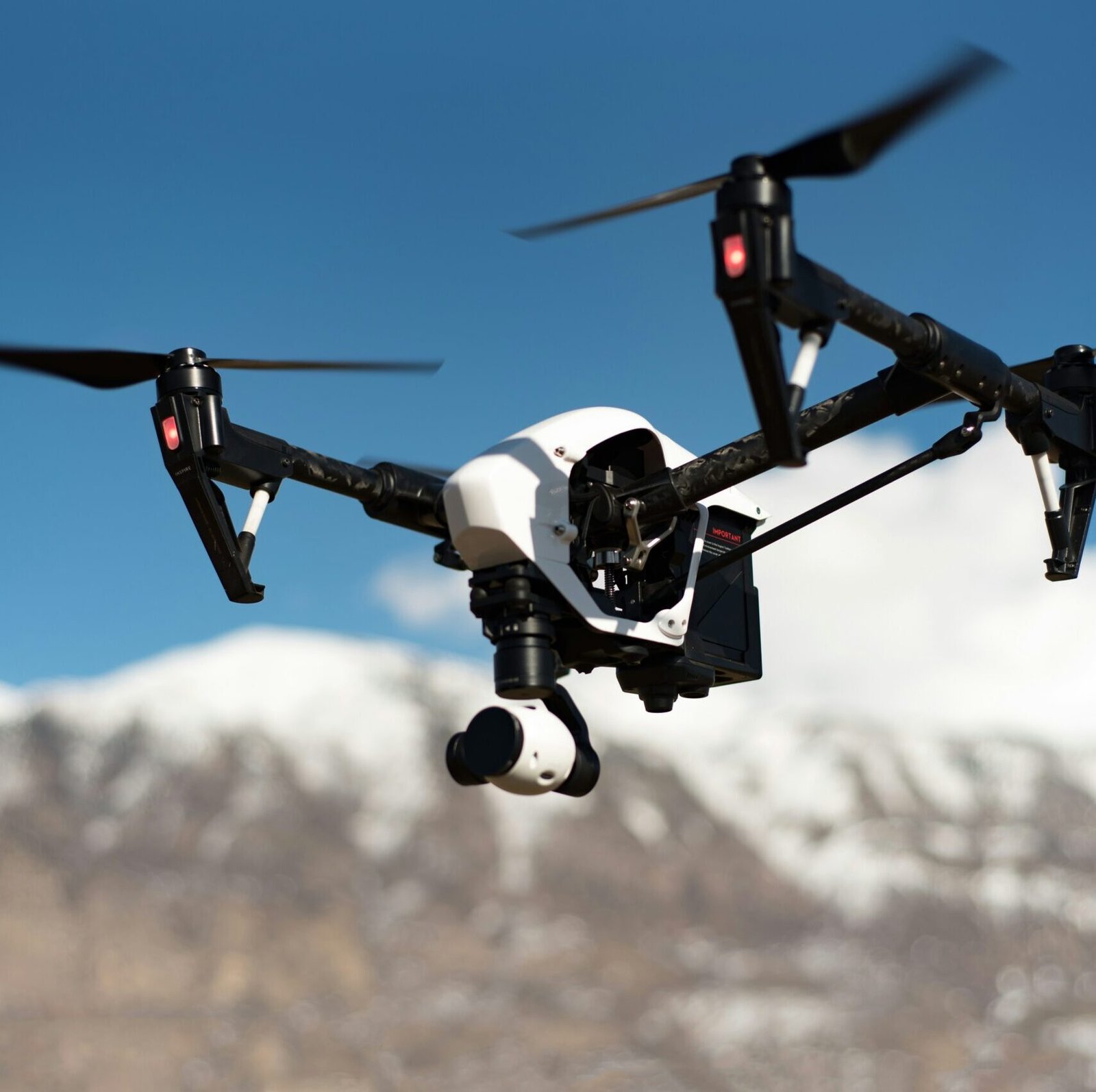
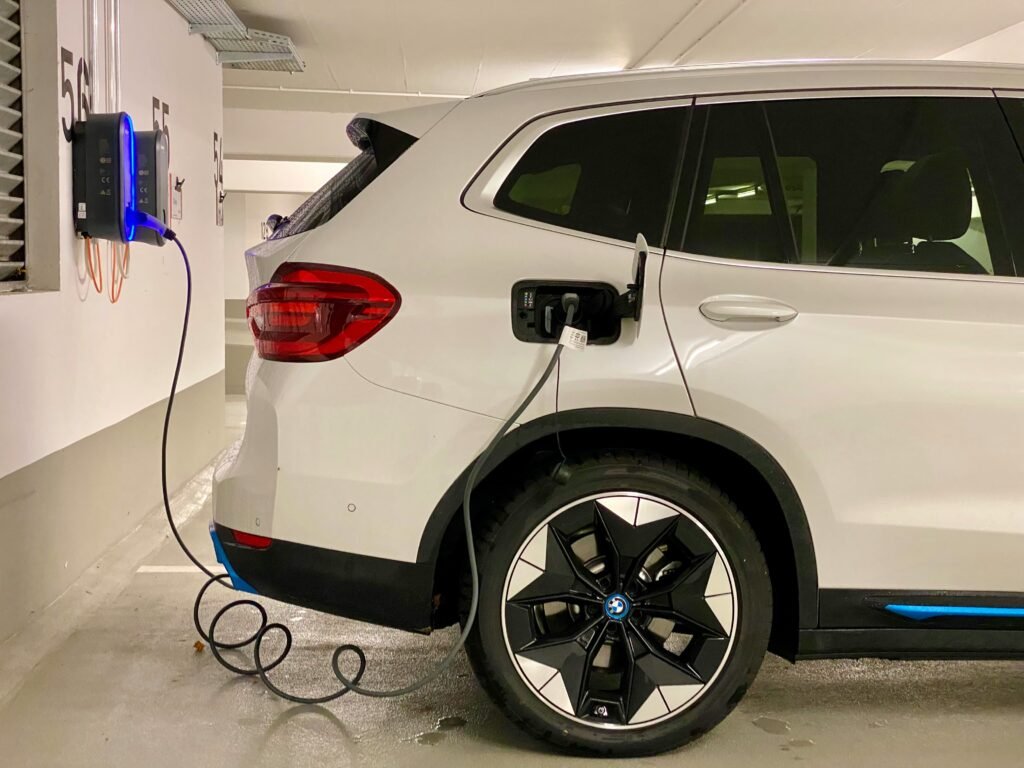
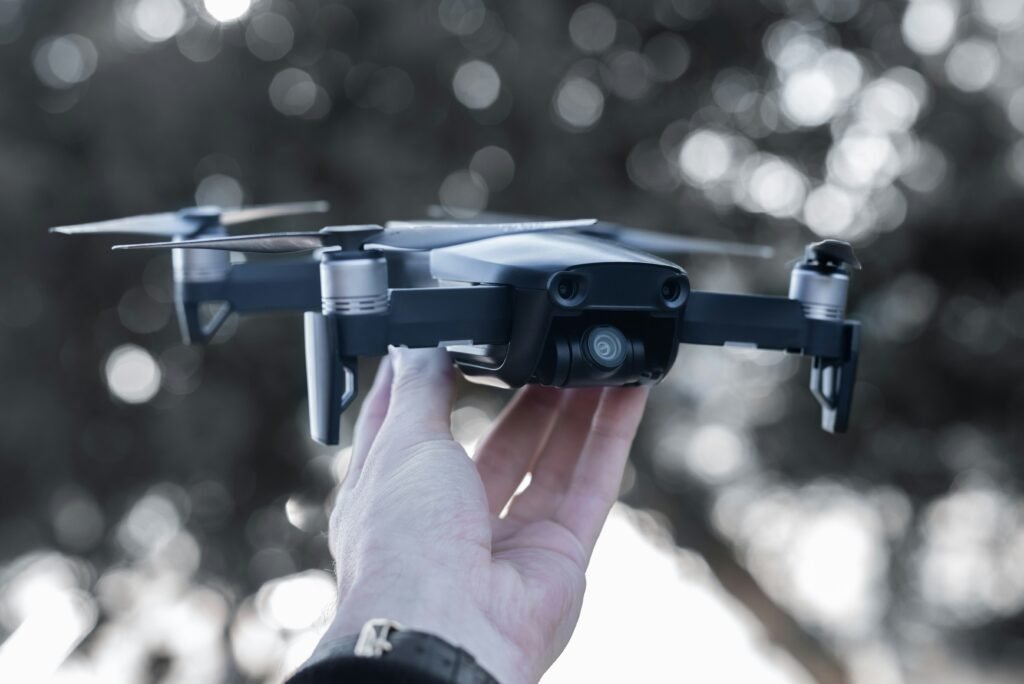
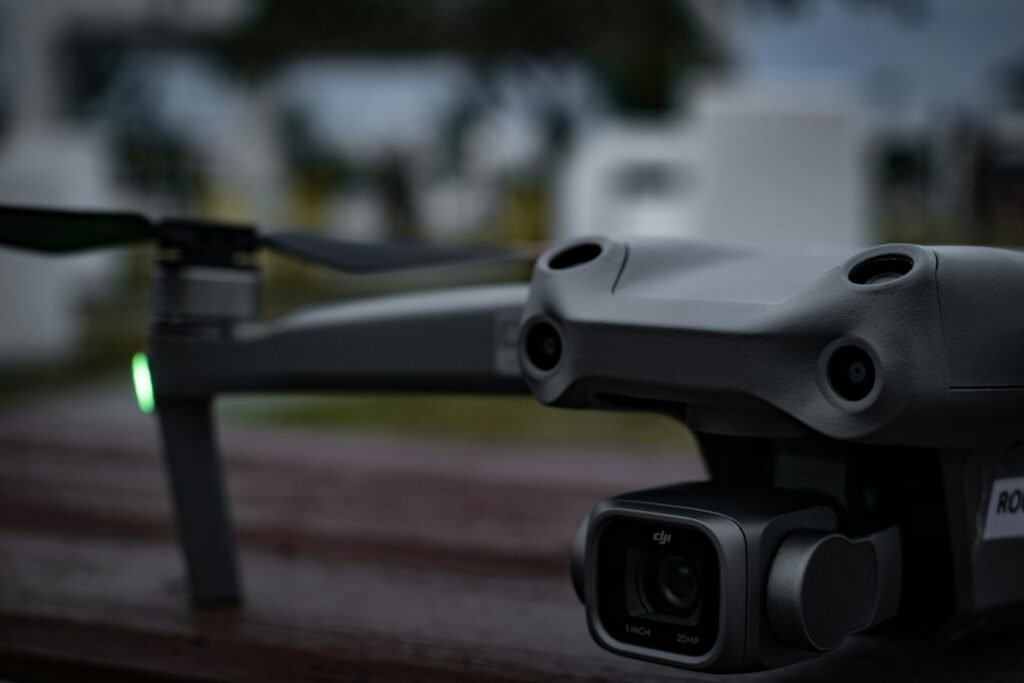
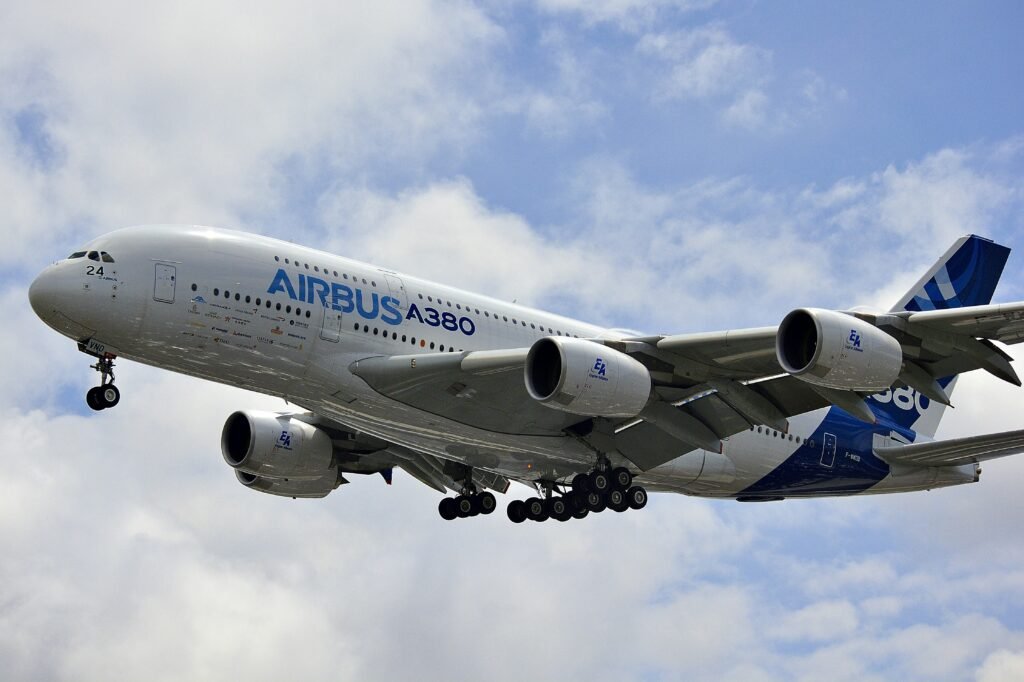
1 thought on “The Future of Farming: Exploring the Best Agricultural Drones”